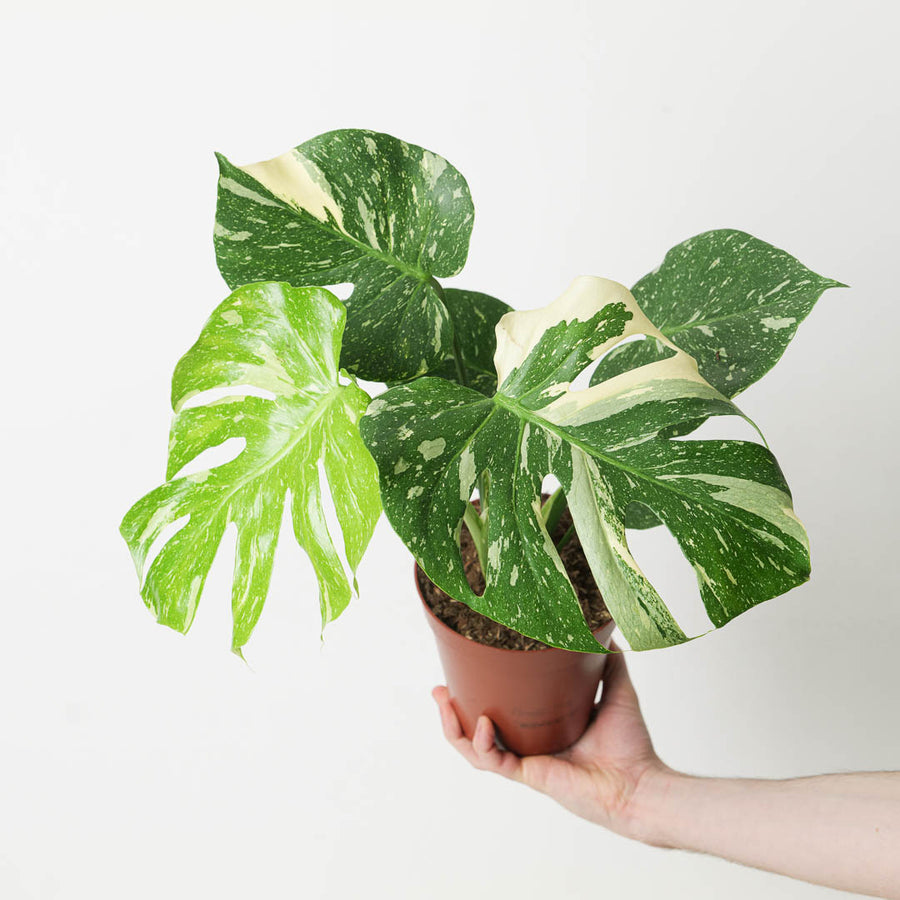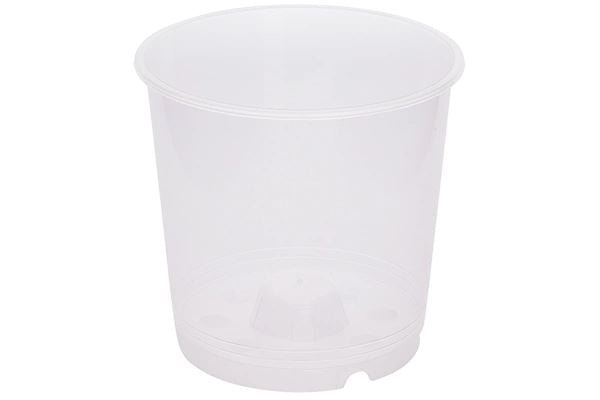Nepenthes

Nepenthes (commonly known as tropical pitcher plants or monkey cups) are some of the most fascinating carnivorous plants in the world. Native to Southeast Asia, Madagascar, Sri Lanka and parts of Australia, these unique plants have evolved specialised pitcher-shaped traps to capture and digest insects.
In the wild, they can be found growing in a range of conditions, from lowland jungles to misty mountain elevations. They thrive in nutrient-poor soils, relying on their carnivorous adaptations to supplement their diet with nitrogen and other essential nutrients. Some species, such as the Nepenthes rajah, are even capable of capturing small mammals or even birds, while others have symbiotic relationships with animals, providing shelter in exchange for waste nutrients.
In this detailed guide, we will be sharing information on how to properly care for your Nepenthes at home.
💡 Did You Know?
Nepenthes pitchers produce sweet nectar to lure insects inside, where they become trapped by slippery, waxy surfaces and eventually digested by plant enzymes.
What Lighting Do Nepenthes Prefer?
Nepenthes thrive in bright, indirect light. When growing indoors, placing them near an east or south-facing window with filtered sunlight is ideal. Grow lights can also be used, ensuring they receive around 6 hours of light daily and are not too close to the light to cause burns.
How Often Should I Water My Nepenthes?
Proper watering is essential for healthy Nepenthes growth. These plants are sensitive to water quality, and in the UK, where tap water is hard and high in dissolved minerals, using rainwater, distilled, or reverse osmosis (RO) water is best. Keep the soil consistently moist but not waterlogged, as overwatering can quickly lead to root rot and fungal issues.
When Should I Repot My Nepenthes?
Repot your Nepenthes every 1-2 years or when you notice roots outgrowing the pot. Signs that your plant needs repotting include slowed growth, fewer pitchers forming, or soil drying out fast. Spring is the best time to repot, as it helps reduce shock and allows the plant to establish new growth in the upcoming warm months.
What Potting Mix is Best for Nepenthes?
When it comes to carnivorous houseplants, finding the right potting soil is key. A well-draining, airy mix is essential for preventing root rot. Avoid traditional houseplant potting soil, as it retains too much moisture and lacks aeration. A recommended mix includes:
-
50% long-fibre sphagnum moss
-
30% perlite or pumice for aeration
-
20% orchid bark or horticultural charcoal This combination ensures good drainage while maintaining the right level of moisture.
Do I Need to Feed or Fertilise My Nepenthes?
If your Nepenthes is grown indoors with limited access to insects, occasional feeding is beneficial. Live or dried insects (such as crickets or mealworms) can be placed inside active pitchers every few weeks. Avoid feeding them raw meat or fertilizer, as these can cause pitchers to rot.
Unlike typical houseplants, Nepenthes do not thrive with conventional fertilisers. However, a very diluted orchid or carnivorous plant fertilizer (at 1/4 strength) can be dispersed onto the leaves or watered into the soil every few weeks during the growing season. Avoid over-fertilising, as excess nutrients can damage the plant.
Our Feeding Tips:
-
Only feed one insect per pitcher at a time.
-
If pitchers dry out, the plant may not be receiving enough humidity or light.
-
Avoid handling pitchers too much, as oils from your skin can damage them.
Common Issues When Growing Nepenthes Indoors
Pitchers Not Forming
Pitchers may fail to develop due to insufficient light, low humidity, or poor nutrition. To encourage pitcher formation, ensure the plant receives bright, indirect light and maintain humidity levels between 50-70%. Providing occasional feeding can also support pitcher growth.
Blackened or Dried-Out Pitchers
Pitchers naturally blacken and dry out as they age, but environmental stress, such as excessive direct sunlight, low humidity, or irregular watering, can accelerate this process. To manage this issue, trim off old pitchers and maintain consistent watering and humidity levels.
Yellowing Leaves
Leaves may turn yellow due to overwatering, poor drainage, or mineral buildup from tap water. To prevent this, use rainwater or distilled water and ensure the potting mix drains well.
Pests
Although Nepenthes are carnivorous, they can still be affected by pests such as mealybugs, aphids, or spider mites. If pests appear, treat the plant with neem oil or insecticidal soap and manually remove any visible insects.
Root Rot
Overwatering or using a dense, poorly draining substrate can lead to root rot. To prevent this, use a well-aerated, free-draining potting mix and avoid letting the plant sit in standing water.
Weak or Small Pitchers
If pitchers are small or underdeveloped, the plant may not be receiving enough light, food, or appropriate growing conditions. To improve pitcher size, provide bright, indirect light, maintain adequate humidity, and feed the plant as needed.

Need More Help with Your Carnivorous Plants?
Growing Nepenthes successfully requires patience and the right conditions, but once established, they become stunning, self-sustaining insect catchers. If you need further advice, reach out to our expert team for more expert plant care tips and recommendations!





